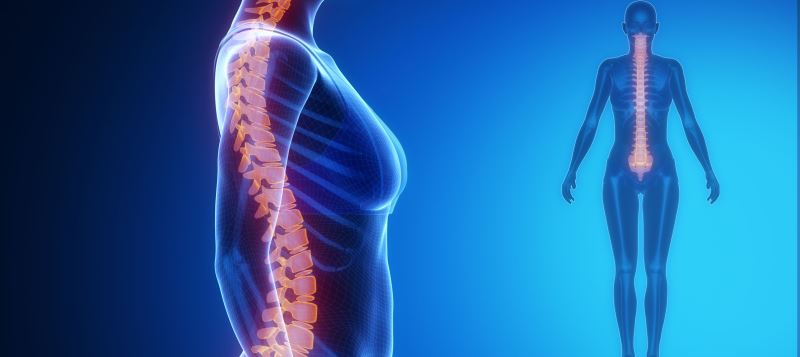Could Radiofrequency Be The Next Tool In Treating Spine Pain?
Category: Spine Pain | Author: Stefano Sinicropi

Back pain is the most common reason Americans head to the doctor. However, each individual case is different, meaning there’s no one size fits all treatment when a patient walks into the clinic complaining of back pain. Because of this, medical researchers are always looking for new tools to assist in their assessment and treatment of spine pain.
Sometimes innovation involves creating new devices, while other times it involves repurposing technology we’ve already discovered. For example, radio waves were discovered in the 1880s, but the same waves that bring music to your car’s dashboard radio may have found a new purpose in the medical world. According to researchers, they may help alleviate chronic low back pain.
Radio Waves and Chronic Low Back Pain
To better understand if radio waves could be used to free compressed or damaged nerves from the spinal canal or areas of pressure, research teams in the United States and Germany recruited 225 participants with chronic low back pain. 150 participants received the minimally-invasive, radio wave ablation treatment, while 75 received a placebo treatment. Those in the radiofrequency group were placed under local anesthesia while a surgeon created a small incision on their back. The surgeon then inserted a small tube into the vertebral body of the spine. Targeted radio waves were then transmitted through the device, creating heat, which eventually disabled the damaged nerve. The device was then removed from the patient’s back and the incision site was closed. The procedure was performed in less than an hour.
Significant Back Pain Improvement
Patients in the radio wave group were more likely to report significant improvements in back pain levels two weeks after the operation compared to those in the control group, suggesting that this minor procedure could help thousands of people dealing with chronic low back pain caused by a nerve issue.
“In 25 years of practicing orthopedics, this is the most important clinical study I’ve ever done,” said Dr. Jeffrey Fischgrund, chairman at Beaumont Hospital and lead investigator of the clinical trial. “The system is proven to be safe and effective in clinical trials. It is much less invasive than typical surgical procedures to treat low back pain. It’s revolutionary. Compared to more traditional therapies; the odds of success are much greater.”
The procedure was recently approved by the Food and Drug Administration, and if future trials continue to prove successful, the procedure may soon be coming to a clinic near you.